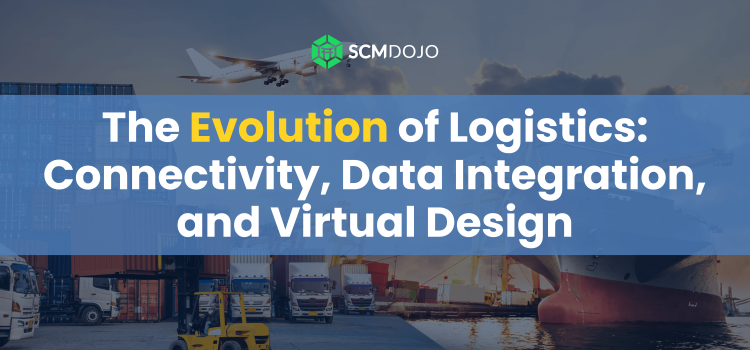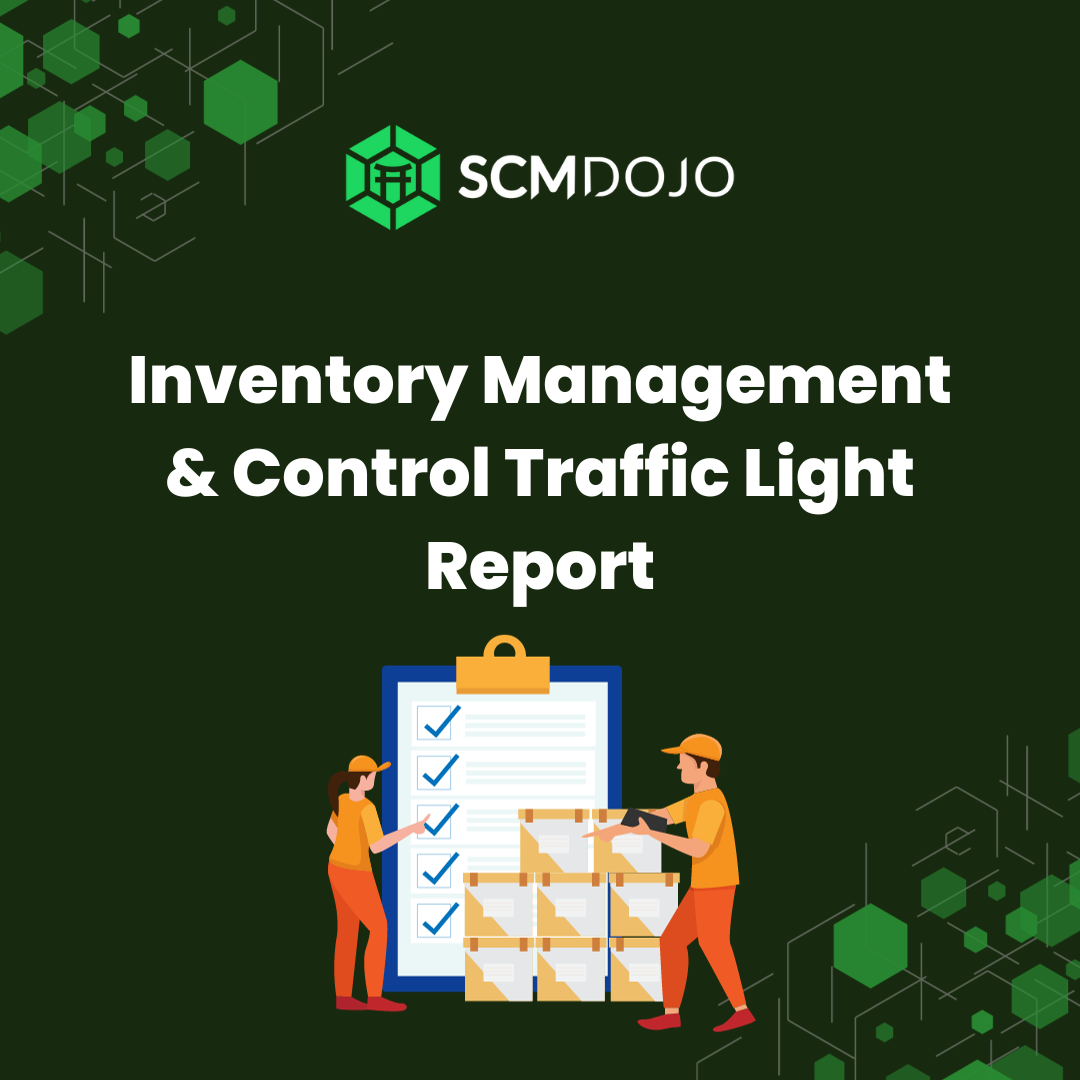The term “logistics” may be relatively new, but its general principles date back to ancient civilizations. The early Mesopotamians, Egyptians, Greeks, and Romans pioneered the principles of logistics and designed trade routes to facilitate their connections with other nations. The Silk Road became a massively critical route that moved goods from the Mediterranean region to East Asia.
With the advancement of transportation, like wheels and navigation techniques, transport to distant territories was completed over shorter periods.
The Industrial Revolution gave rise to large-scale production and transportation efficiency, which led to the modern logistics landscape that we know today.
The Role of Digital Technology in Logistics
Digital technology emerged with the first commercial computers in the mid-20th century. Other developments like transistors, integrated circuits, and personal computers paved the way for the rapid advancement of technology.
From the ubiquity of the Internet and various electronic gadgets, we are now in the era of next-level digital space where businesses and individuals can easily leverage the power of cloud computing, big data analytics, AI, and the Internet of Things (IoT). These have become part of many aspects of modern life, including commercial logistics.
Companies that integrate these technologies in their logistics and supply chain processes optimize their operations and set themselves up for long-term success.
Modern Connectivity and Its Impact on Logistics
Advancements in digital technology have connected audiences on a global scale. With one tap on a screen, we can activate the flow of goods from an e-commerce store halfway around the world to our doorstep.
With IoT, real-time monitoring capabilities, and telematics, this becomes easier to put in motion, with technology taking care of the end-to-end process with speed and accuracy like never before.
IoT
The Internet of Things involves the interconnection of devices embedded with sensors, enabling real-time data collection, communication, process automation, data analytics, and data-driven decision-making. This is the technology behind smart homes, health monitoring devices, and more.
In the world of logistics, this means enhanced operational efficiency for inventory management, route optimization, safety and security of goods, and resource allocation. IoT delivers a data-driven decision-making process that enables logistics managers to make proactive decisions to minimize wasted resources and avoid delays.
Real-Time Monitoring
Monitoring the flow of goods has reached unprecedented heights in terms of expediency, timeliness, accuracy, and speed. Massive amounts of data can be gathered in an instant via IoT or other digital technologies like GPS, RFID, warehouse management systems (WMS), blockchain technology, and more.
Goods and information flow are now managed and controlled in real-time, which is crucial for efficient logistics. Being able to know or even predict delays or disruptions helps managers take quick action to avoid losses. In highly sensitive sectors like the military or medical logistics, this can help prevent damage and death.
Telematics
The telematics system is more than just GPS tracking. It collects and transmits real-time data about the vehicle, the driver, and the goods being transported. Leveraging telematics in logistics makes it easy to access real-time information like vehicle location and status, deviations from planned schedules, traffic situations, driving behavior, vehicle diagnostics, maintenance issues, vehicle metrics that affect fuel efficiency, and more.
Benefits include efficient tracking, vehicle and cargo safety, automated logs, route optimization, low operating costs, timely deliveries, fuel savings, reduced carbon footprint, and improved customer service.
Data Integration and Logistics Efficiency
Consolidating data from various sources and formats provides a full-picture view of logistics, giving managers all the information they need to make decisions.
Predictive Analytics
With access to comprehensive information via data integration, predictive analytics models can detect trends and recognize patterns, enabling highly accurate forecasts. This can significantly improve demand forecasting and predicting delays and disruptions, allowing managers to plan in advance and make adjustments to proactively address emerging issues.
Data Security and Privacy
Data integration involves sharing and transmitting data across systems and people, which predisposes it to breaches. Compliance regulations are crucial to protect sensitive information.
Companies that utilize data integration should have strong cybersecurity measures, clear data governance and transparency policies within their organization, and well-defined agreements with their third-party partners and service providers.
Virtual Design: Fine Tuning Logistics Optimization
Virtual design technology creates digital reproductions of logistic environments like warehouses, distribution hubs, and transportation networks. It also allows the creation of various scenarios and the testing of different strategies to determine the optimum course of action.
Route Planning and Vehicle Optimization
With this virtual simulation technology, logistic managers can determine the most efficient and fastest routes available. They can also plan more strategically, such as which goods should be loaded on which vehicle and the route it should take given current traffic conditions. This information enables timely deliveries and efficient fuel consumption.
Simulation and Modeling Software
Virtual environments that show different scenarios and their impact on operations greatly enhance logistic data analysis, planning, and management. Modeling software demonstrates different transportation setups and their effect on volume capacity and weight distribution, allowing maximum vehicle capacity use and on-time deliveries.
Future Trends for Logistics Management and Their Impact
Companies that utilize these technologies are a step ahead of their competitors because they gain benefits like reduced costs, a more streamlined operation, and higher customer satisfaction.
As digital technology continues to evolve, companies should integrate more and more advanced systems that help them achieve peak logistic performance. The rise of robotics has already been seen and felt in international corporations like Amazon. It is predicted that this, along with automated warehousing systems and self-driving vehicles, will further reshape the logistics landscape as we know it today.
The market for logistics robotics is predicted to reach $6 billion by 2027. This means we can expect more cutting-edge machines and technologies to ease the weight and pressure that warehouse and delivery management puts upon logistics workforces and resources.
AI
With artificial intelligence and machine learning, logistic planning and execution are poised to become even better in terms of accuracy and cost efficiency. It will reduce human intervention and benefit significantly from insights derived from AI technologies.
Future trends point to speedy advancements in warehouse automation, machine learning algorithms for forecasting, smart freight matching, and safety enhancement, as high-risk tasks can be delegated to robots. With the integration of robotic systems and automated processes into daily operations, operational efficiency is expected to be at unprecedented levels.
Autonomous Vehicles
Self-driving vehicles will be more widely used, which will truly revolutionize logistics and transportation. These vehicles’ algorithms will be able to navigate complex road networks, avoid disruptions and traffic, and make decisions based on precise data while on the road.
This promising development is poised to bring many benefits, such as better delivery speeds, fewer accidents and logistics disruptions, and significantly better first-mile to last-mile delivery outcomes.
On-Demand Solutions
Advancements in technology platforms and digital solutions will benefit the fulfillment of delivery demands in the future. There will be more flexibility, such that customers can set the date and time they want to receive their orders. Communication and updates will be more seamless and up-to-date, with customers informed of the delivery process down to the minute.
Routing will also be much more dynamic, which will be a boon for drivers. Order management will become more efficient, benefiting shippers, carriers, and end users.
Sustainability Advancements
The aforementioned digital advancements and outlook generally support sustainability in logistics, also called green logistics. Logistics operations are becoming increasingly streamlined by predicting demands, maximizing vehicle use, ensuring strategic route planning, and reducing fuel emissions.
This results in reduced environmental impact and carbon footprint overall. There is also an improvement in regulation and compliance because of greater transparency and audits based on real-time data.
With the rise of electric vehicles and renewable sources of energy, we may be facing a world with significantly reduced fuel emissions, which will benefit future generations.
Navigating the Future of Logistics
The logistics landscape is shifting fast because digital technology is evolving at lightning speed. From satisfying customers to ensuring sustainability and all the functions in between, we have seen a transformation in logistics, and we have come a long way from manual processes and limited means of communication.
We are facing an era of digital technology that will be a long-term driving force in logistics. AI-powered systems will enable precise predictions, route optimization, inventory management, tracking, and communication. This will minimize costs and reduce the risk of losses, damage, and accidents.
Embracing technology will also empower logistics providers to meet last-minute customer requests, provide more flexibility, and have greater control of every minute and mile.
We can look forward to a more enhanced logistics experience where all stakeholders—from shippers to carriers and their drivers and warehouse personnel—can benefit in terms of convenience, safety, and work output. The planet and everyone on it will appreciate how technology and human effort can optimize how we receive goods, services, and information.
Author
Graham Perry is a writer at Business Tech Innovations specializing in logistics supply chain optimization. With expertise in fleet management and transportation technology, his articles empower businesses to navigate the dynamic world of logistics with peace of mind.



